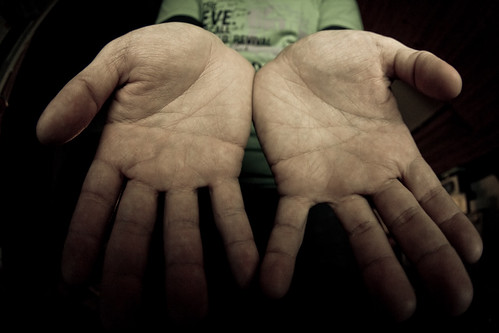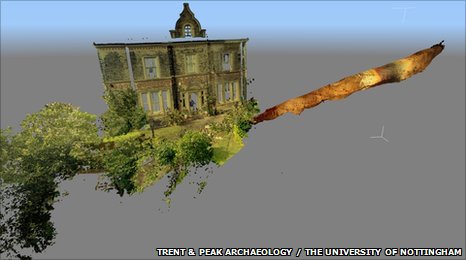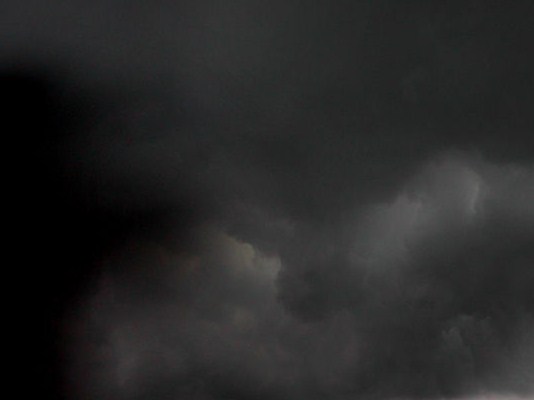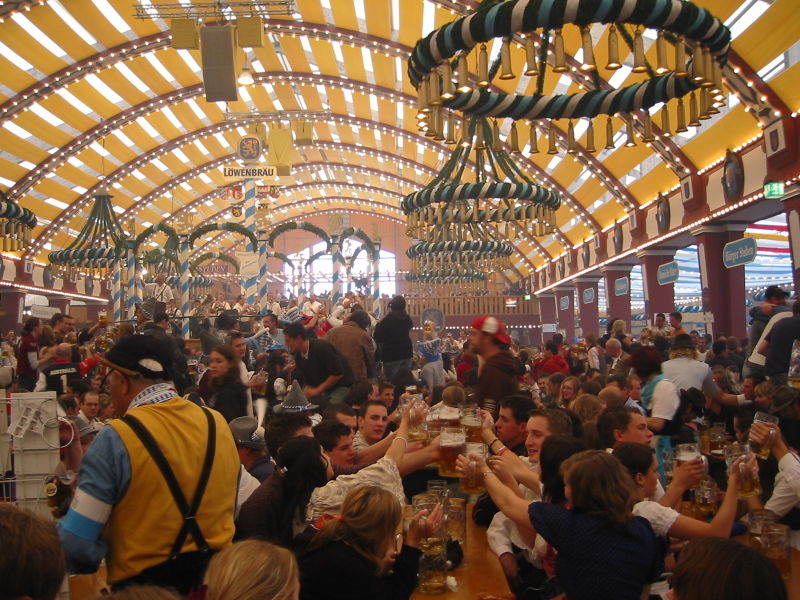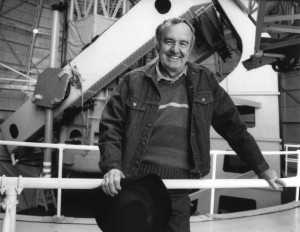
This has been a bad year for contrarian cosmology. First Geoffrey Burbidge died, at the age of 84, on January 26. And now comes the news that Allan Sandage, also 84, died last Saturday.
I’ll let other obituaries explore Sandage’s monumental scientific biography at length and in depth: apprenticing under Edwin Hubble; assuming Hubble’s observing program after his death in 1953; recalibrating the distances to galaxies and, therefore, the scale and age of the universe; compiling the Hubble Atlas of Galaxies; making the first observation of a quasar; collaborating on a paper positing the formation process of the Milky Way. He was the last of the lone astronomers, those gods of Mounts Wilson and Palomar, doing daily battle with the abyss. Sandage once defined cosmology as “the search for two numbers”—the current rate of the expansion of the universe, and how much that rate is changing over time. Know those numbers, he declared, and you would know the alpha and the omega of the universe: its age and its fate.
For me, though, his death also brings to mind a quieter, less celebratory subject that has nagged at me for years: the relationship between individual psychology and the scientific method.
Continue reading →
